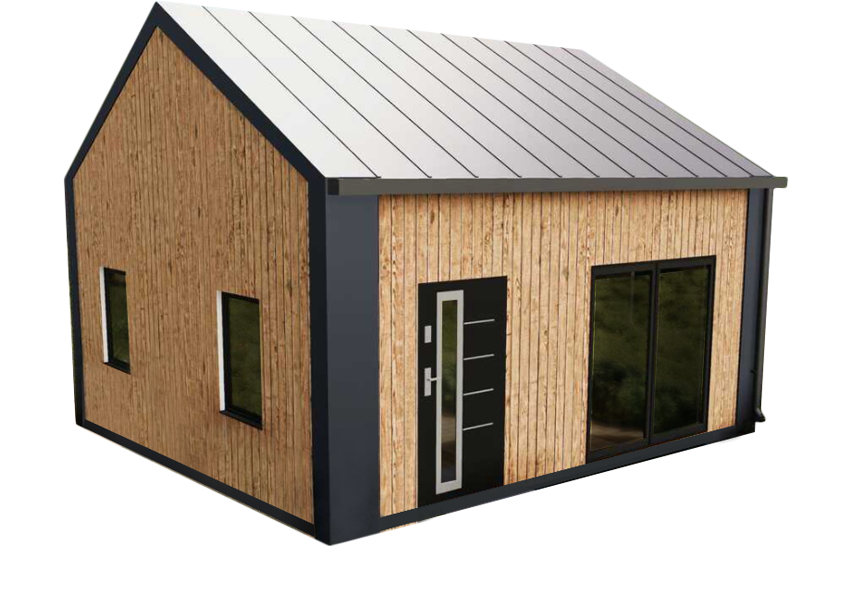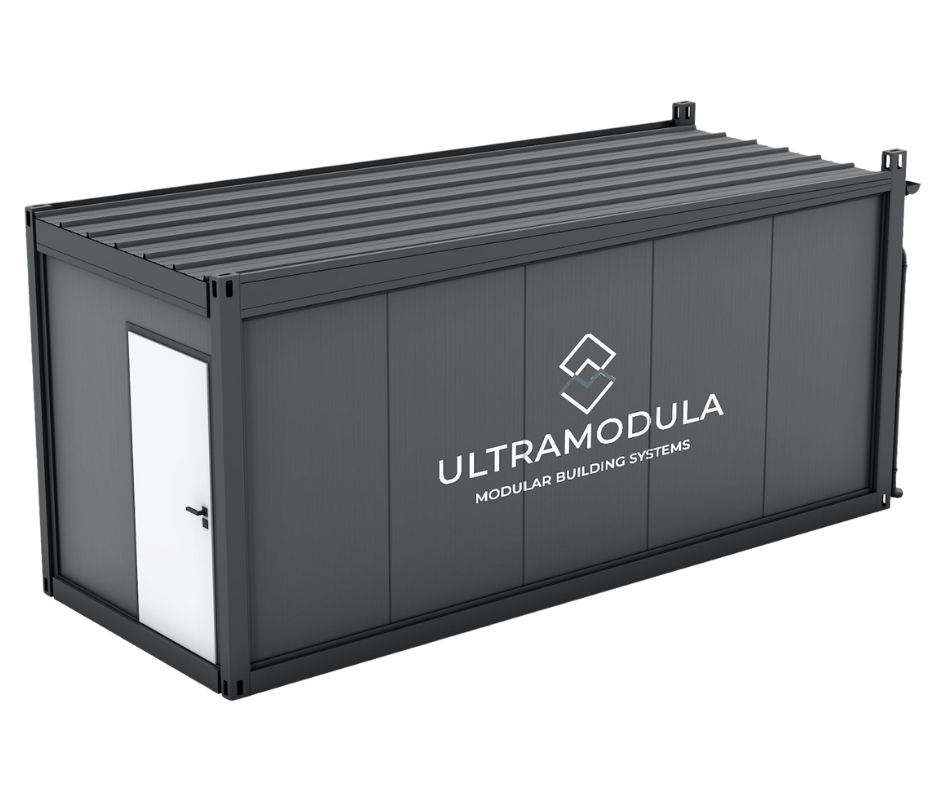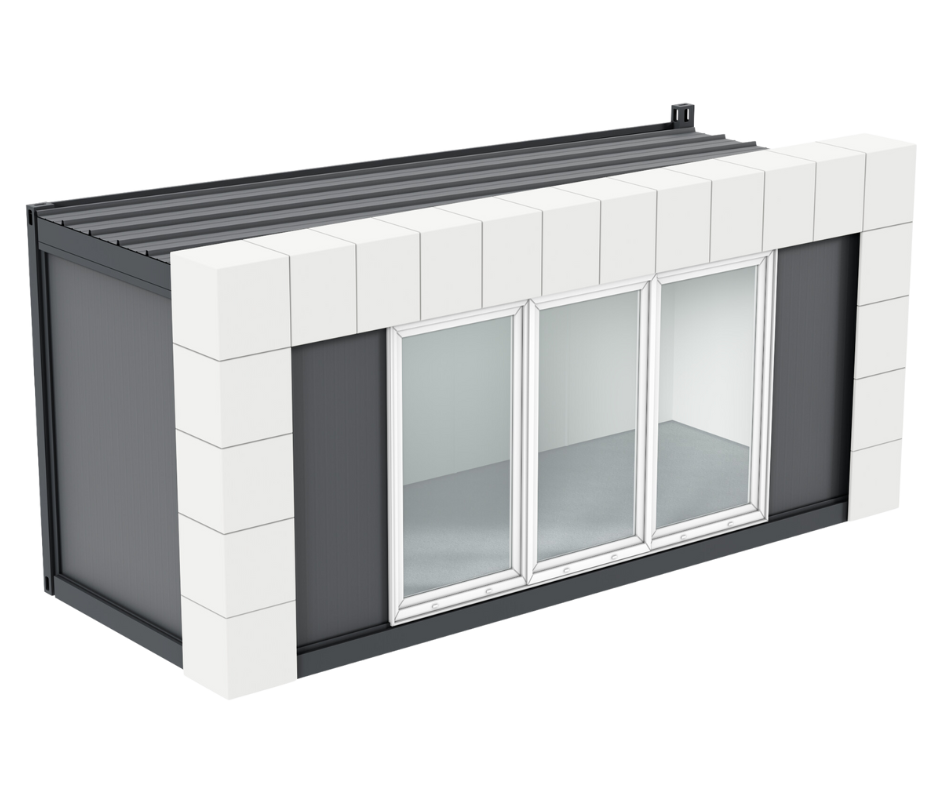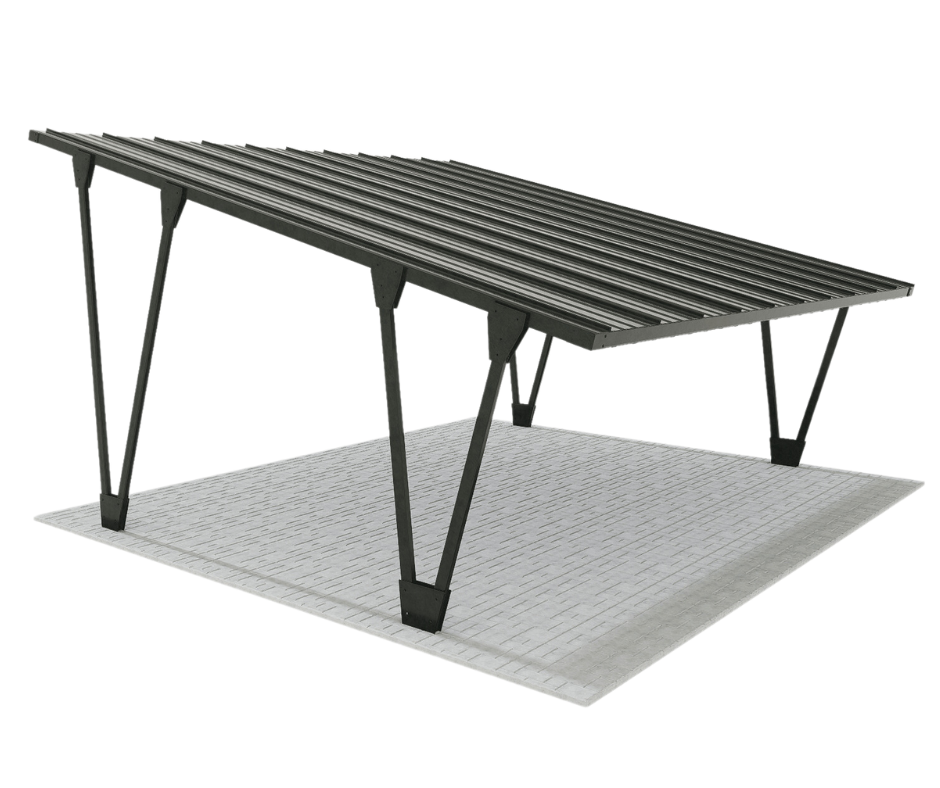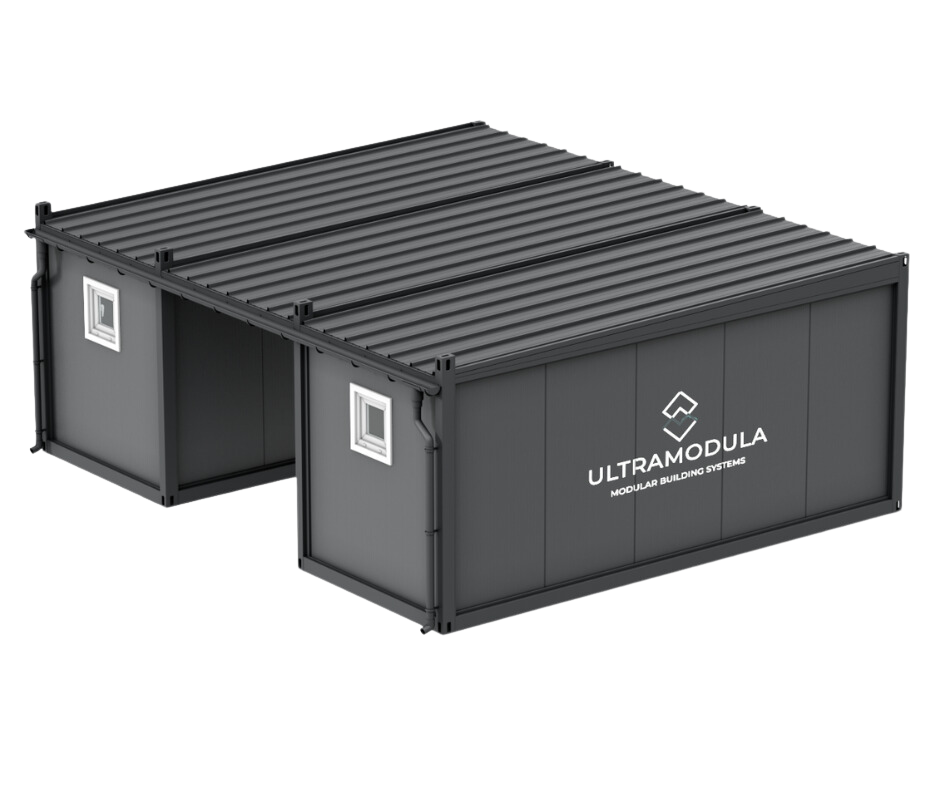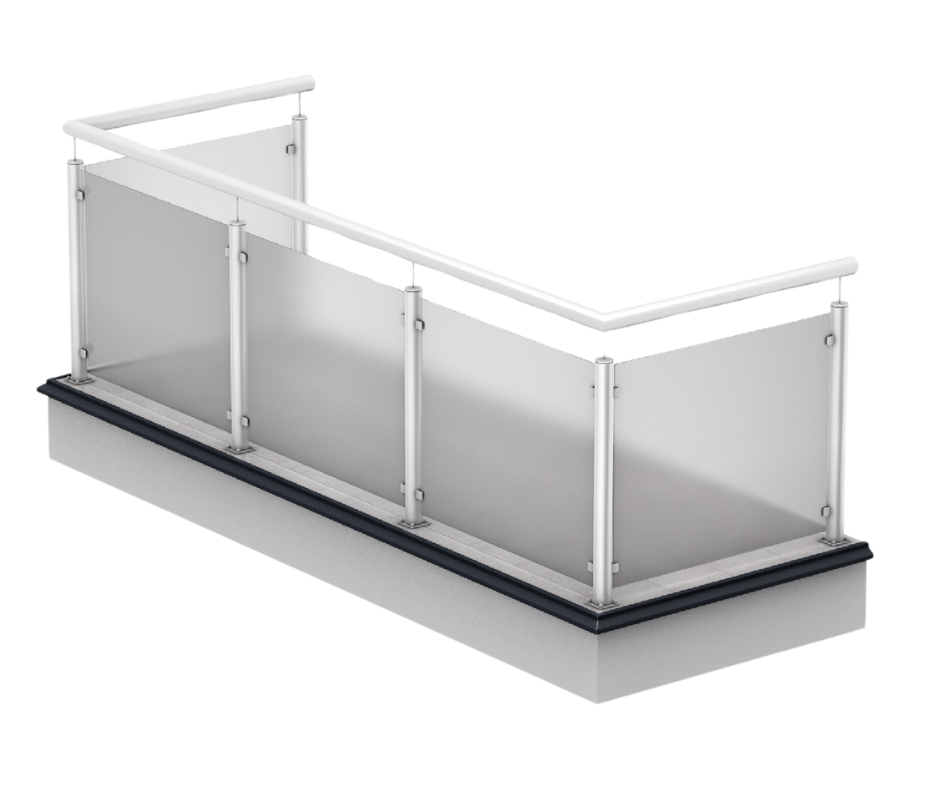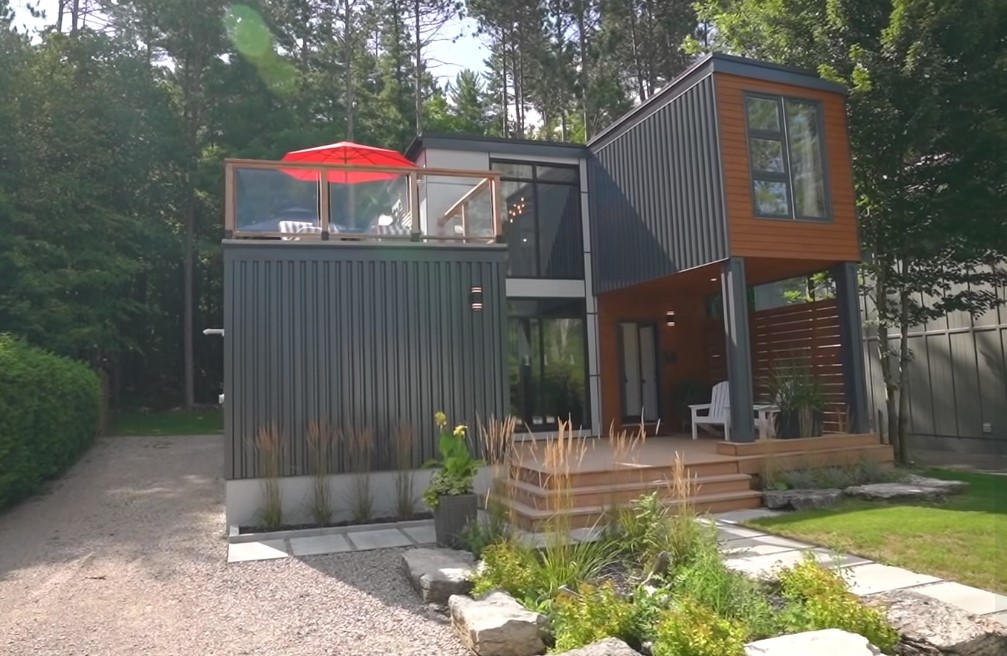
How to insulate residential containersto ensure thermal comfort
Over the last few decades, the trend of urbanization around the world has intensified even more. Along with the growing population in cities, the demand for housing and other infrastructure has increased. Unfortunately, traditional methods construction face many difficulties, including high material and labor costs, long time construction and limited space.
As a result, alternative solutions emerged that met these challenges. One of them is construction containerwhich has become very popular. Containers as an alternative to classic construction methods, they have many advantages. They are inexpensive, durable, small, and at the same time easy and quick to manufacture and install. Additionally containers they are very flexible and can be adapted for various purposes, not only housing, but also offices, shops, warehouses and schools. In this way, container construction has become one of the most innovative solutions that offers many opportunities and benefits for society. However, they are often rejected due to doubts related to their ability to provide users with comfort, including thermal comfort. So how to insulate residential containers to ensure thermal comfort at the appropriate level?
The construction of residential containers and the selection of appropriate insulating materials
good insulation is crucial to ensuring user comfort. It keeps you warm in the winter and eliminates the unpleasant heat inside in the summer. However, the biggest challenge in the case of container buildings remains ensuring optimal living conditions, especially in winter, when cold air can quickly penetrate through leaky structural elements. Therefore, it is important to choose good quality containers, offered by reliable manufacturers, which are well insulated.
Wall protection…
It is worth remembering that containers, which are most often used to build residential buildings, are made of metal, which is not a good thermal insulator. Without proper insulation, the temperature inside container can drop significantly, which not only makes it uncomfortable but also potentially dangerous to the health of residents. Therefore, it is necessary to properly protect the walls, roof and floor of the container to prevent heat loss. Reputable producers containers for this purpose they use mineral wool with a thickness of about 100 mm, necessarily in combination with a vapor barrier foil. The second insulation layer is usually a laminated board fixed from the inside.
...and the roof
Proper roof insulation is also crucial to ensure optimal thermal comfort inside building. Most of the heat escapes through the top, so as in the case of walls, it is important to use mineral wool with foil.
Why mineral wool and not polystyrene or foam?
Mineral wool is recognized by experienced manufacturers as the best material for thermal insulation habitable containers for many reasons. First of all, its excellent insulating ability allows you to effectively retain heat inside the rooms in autumn and winter, and at the same time keep it pleasantly cool in summer. It is also a durable material with a long service life, which translates into effective long-term thermal protection.
Thermal resistance coefficient and moisture resistance
Mineral wool has a high R value (coefficient of thermal resistance), which minimizes heat loss. In addition, it has excellent resistance to moisture, which is crucial in the case of residential containers that may be subject to water accumulation, as many people can stay in a small living space at the same time. Thanks to its fibrous structure, mineral wool is able to absorb and dissipate moisture, preventing the formation of mold and fungus that can negatively affect indoor air quality.
Non-flammable
Another advantage of mineral wool is its non-flammability. This is important from the point of view of fire safety in containers intended for residential buildings, but also for public utility buildings. Mineral wool is completely non-flammable and resistant to high temperatures, which means that it significantly reduces the risk of fire spreading in the event of a fire.
Precise assembly
Importantly, mineral wool is easy to install, which facilitates accurate insulation of the containers in the production process. It can be easily adapted to various shapes and surfaces, which allows for precise coverage of walls and roofs.
Efficient heating system in residential containers
A variety of heating systems, such as electric heaters, biomass stoves, condensing stoves and heat pumps, can be used in container housing. Each of these options has its advantages and disadvantages, but in each case it is important to effectively provide warmth and comfort to container occupants during the winter. Choosing the right heating system depends on many factors, such as the size of the building, the climate in a given region, the availability of fuel, as well as the costs of installation and subsequent operation. The most popular choice installed by reputable manufacturers are electric heaters, which in combination with a photovoltaic installation are not only an economical, but also an ecological solution.
It is worth remembering that a heating system based on electric radiators requires a well-designed installation with adequate power. choosing container residential from an experienced manufacturer, we are sure that the electrical installation is checked and adapted to the requirements of the installed radiators. Thanks to this, in the winter there will be no failures in the form of lack of heating or power outages.
One of the most important factors to consider when choosing a heating system is efficiency. Electric heaters are efficient for small spaces, such as those in living containers. They are able to heat the room quickly and effectively, ensuring comfortable operating conditions.
Tight windows and doors
To maintain thermal comfort in residential containers, tight windows and doors are extremely important. Ensuring proper thermal insulation in these elements is crucial in order to minimize heat loss. This, in turn, translates into energy savings and, as a result, lower heating costs.
When choosing the best window joinery for residential container several important factors should be taken into account. First, pay attention to the value of the heat transfer coefficient of the window, the so-called U value. The lower it is, the better the thermal insulation. It is also important to verify the value of the radiation transmission coefficient (g). It is the ratio of the total energy transmittance of the glass to the solar energy falling on it, which is particularly important in the case of residential containers exposed to intense sunlight. A high value of the energy permeability coefficient of the glass is useful during the heating season, but appropriate windows should retain excess solar energy to avoid overheating of the interior during the summer.
When buying living container, you should also focus on the quality of the materials from which its windows and doors are made. It is essential that producer used woodwork of good quality, which will serve for a long time and will not be deformed as a result of changes in temperature or humidity.
Reputable manufacturers of container buildings also pay attention to the proper sealing of windows and doors. Well-fitting seals prevent the ingress of air and moisture.
It is also worth remembering about aesthetics and functionality. Windows and doors should match the style of the living container, and at the same time be ergonomic in use. Attention should be paid to the type of opening, the possibility of adjusting the ventilation and possible additional functions, such as anti-burglary protection.
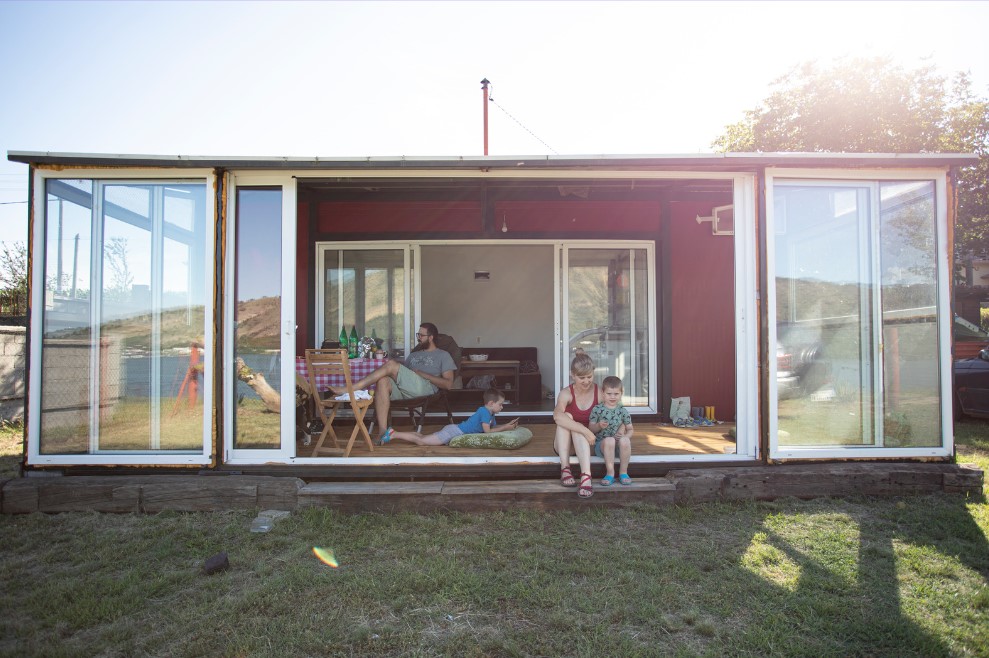
How to insulate living containers to ensure thermal comfort
Optimum ventilation
In residential containers, where space is often limited, it is essential that the ventilation is effective and energy efficient. One of the popular solutions are mechanical ventilation systems with heat recovery. Such devices enable effective removal of used air and at the same time recovery of heat from it, which allows to reduce energy losses.
However, the basic element of the ventilation system is properly sized and positioned vents. It is recommended to use both air inlets and outlets in living containers to ensure that fresh air can circulate continuously. Ventilation openings should be arranged in such a way as to efficiently remove moisture, prevent heat build-up and distribute air evenly inside the container.
In addition, air filters can be used to protect residents against external pollutants such as pollen, dust or smog. This helps to maintain high air quality inside the residential container, which is especially important in large cities.
Solid insulation means high thermal comfort
Well-insulated residential containers are not only thermal comfort, but also energy saving. To ensure such comfort, it is crucial to choose the right insulation materials and match high-quality windows and doors. Proper planning of ventilation systems and an effective heating system are also important elements that allow you to achieve optimal thermal insulation in container residential. Thanks to this, residents will be able to enjoy a pleasant temperature inside the rooms without worrying about the costs associated with maintaining comfortable living conditions.

